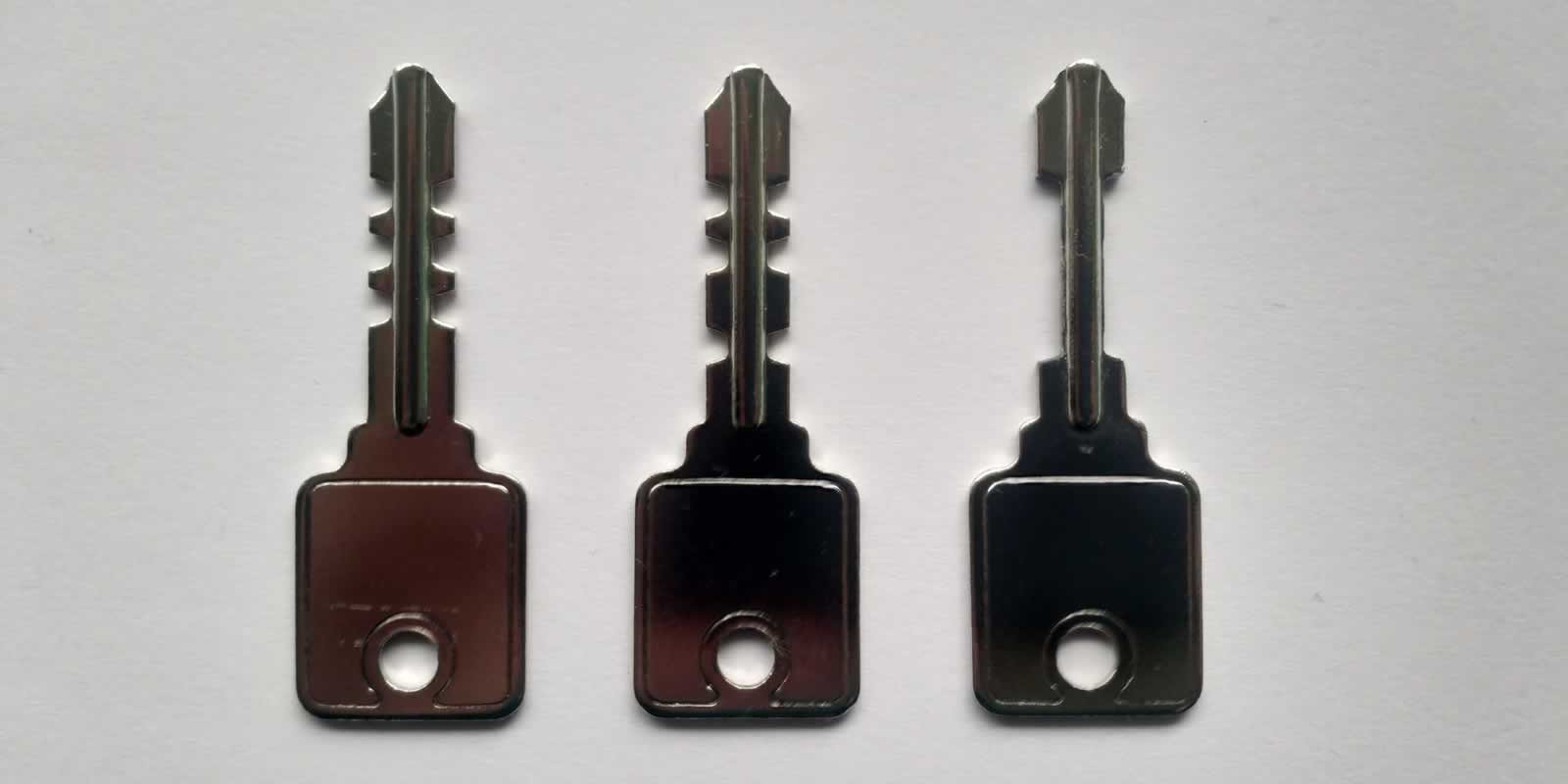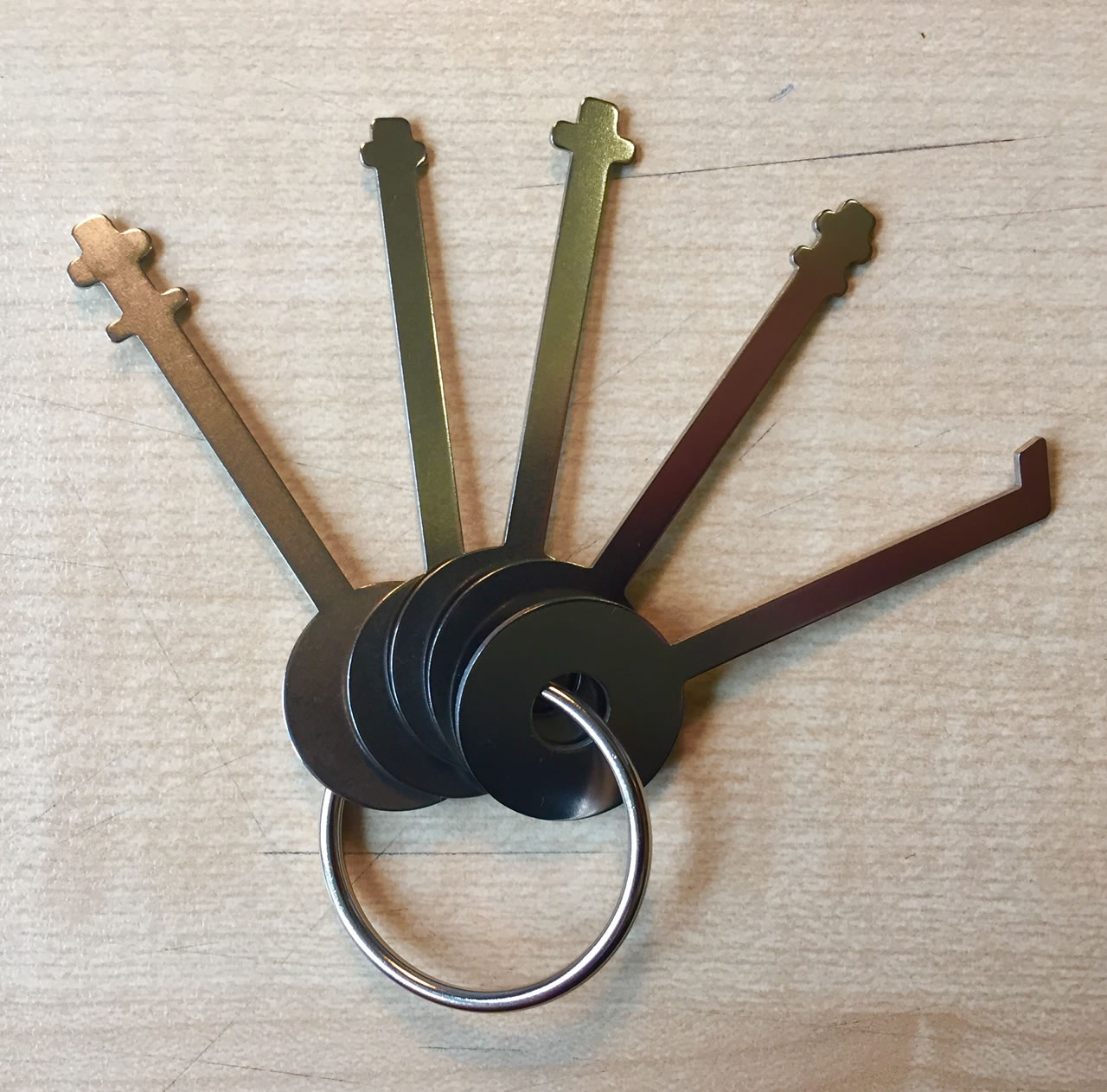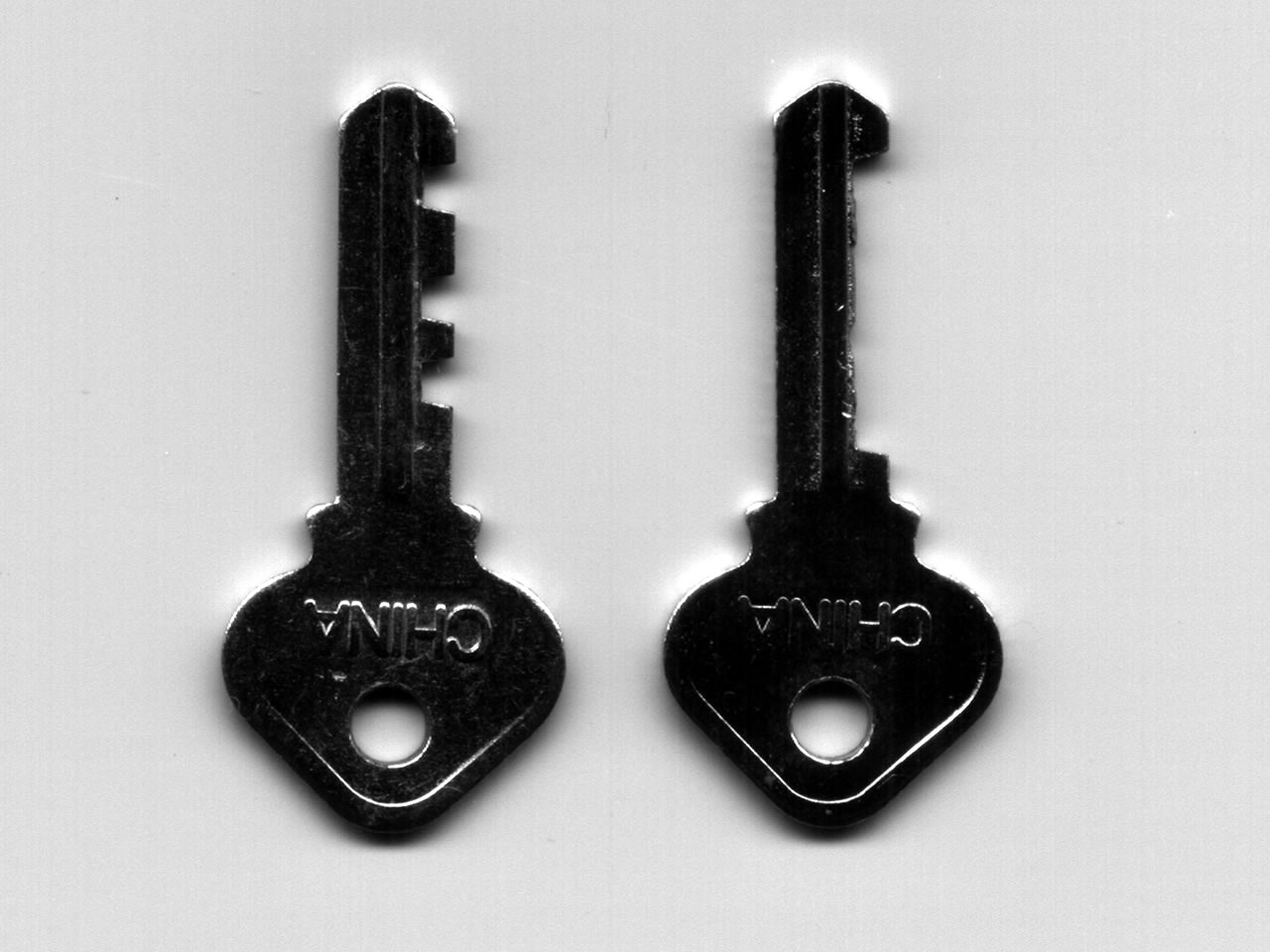Table of Contents
- What’s a skeleton key, exactly?
- How skeleton keys work
- A short history of skeleton keys
- Are skeleton keys still used?
- Are skeleton keys illegal?
- How to recognise a skeleton key
- Modern equivalents and alternatives
- Symbolism and pop culture
- Fun facts about skeleton keys
What’s a skeleton key, exactly?
A skeleton key is a type of master key that’s been specially shaped or filed down so it can open more than one lock of a certain kind—usually warded locks. Instead of being cut to fit one unique lock like modern keys, skeleton keys are designed to slip past the internal obstructions (called wards) and turn the mechanism.
The name comes from the idea that the key’s been stripped down to its bare bones—its “skeleton”—with all the unnecessary metal filed away.

How skeleton keys work
To understand how skeleton keys work, it helps to know a bit about warded locks. These are old-style locks that contain a set of fixed internal barriers. A key that matches the shape of those wards can turn the lock. If it doesn’t match, the wards will block it.
A skeleton key is made to bypass these obstacles. It’s narrow and minimally shaped, with just enough of a bit (the part that interacts with the mechanism) to turn the lock. This only works on warded locks, which are relatively simple and were common before more secure locking systems were invented.
Modern locks, like pin tumbler locks, can’t be opened with a skeleton key—they’re much more complex and require precisely cut keys or specialist tools.
A short history of skeleton keys
Skeleton keys have been around for centuries. Warded locks date back to Ancient Rome, but the skeleton key really came into its own during the medieval and Victorian periods, when homes, manors, and estates had multiple doors, cupboards, and drawers all secured with similar types of locks.
Rather than carrying a bulky set of keys, people would often have one skeleton key to open several locks. It was a practical solution at the time, but it also meant that anyone with a skeleton key—and bad intentions—could easily bypass basic security.
Over time, as lock-making advanced, these old warded locks were replaced with more secure types, and skeleton keys became more of a relic from the past.

Are skeleton keys still used?
Yes, but in different ways.
Today, skeleton keys aren’t used much for security. But they’re still around for other purposes:
- Antique furniture – Many old wardrobes, desks, and cabinets still use original locks that a skeleton key can open.
- Props and décor – Skeleton keys often show up in films, theatre, escape rooms, and as part of vintage or steampunk decorations.
- Jewellery and keepsakes – Their distinct shape makes them a popular motif for necklaces, charms, and gifts.
- Museums and re-enactments – In historical settings, skeleton keys help create an authentic period feel.
Are skeleton keys illegal?
Owning a skeleton key isn’t illegal in the UK. In fact, many people own them for totally legitimate reasons, like unlocking antique furniture or as part of a collection.
However, using one to gain unauthorised access to a property or building is a crime, just like using a crowbar or lock pick would be. Intent matters. Locksmiths and restoration experts often use skeleton keys as part of their trade, but using one unlawfully could definitely land you in trouble.
How to recognise a skeleton key
Skeleton keys are fairly easy to spot. They usually have:
- A long, narrow shaft – So they can reach into deep, old-fashioned locks.
- A simple bit – Often filed down or shaped to bypass obstructions.
- A decorative bow – The handle is often ornate or circular, especially in antique versions.
They’re also usually made from iron or steel and might be labelled with numbers or letters if they were once part of a matching set.
Modern equivalents and alternatives

While skeleton keys aren’t much use on today’s high-security locks, the concept of a master key still exists. In office buildings or hotels, for example, master keys (or keycards) are often used by staff to access multiple rooms.
But these modern systems are far more sophisticated. Pin tumbler locks, smart locks, and electronic entry systems are designed to be secure, traceable, and often tailored to individual users.
Skeleton keys simply can’t compete in terms of security, but they still have their place in the world—just in different ways.
Symbolism and pop culture
Skeleton keys have long been a symbol in literature, dreams, and art. They represent mystery, freedom, and access to hidden knowledge. You’ll find them in fairy tales, horror stories, and even in games and puzzles.
In the Harry Potter series, for example, one of the early magical tests involves a flying key—reminiscent of the old skeleton key idea. In tarot and dream symbolism, keys often mean opportunity, or the ability to open a new path in life.
There’s something about a key that can open many doors that feels powerful—even magical.
Fun facts about skeleton keys
- The bit of the key (the part that interacts with the lock) is often so small it can look like the key’s been broken.
- They’re often found in old lockboxes, jewellery chests, and ornate furniture dating back to the 18th and 19th centuries.
- Skeleton keys have become popular tattoo designs symbolising openness, secrets, or new beginnings.
